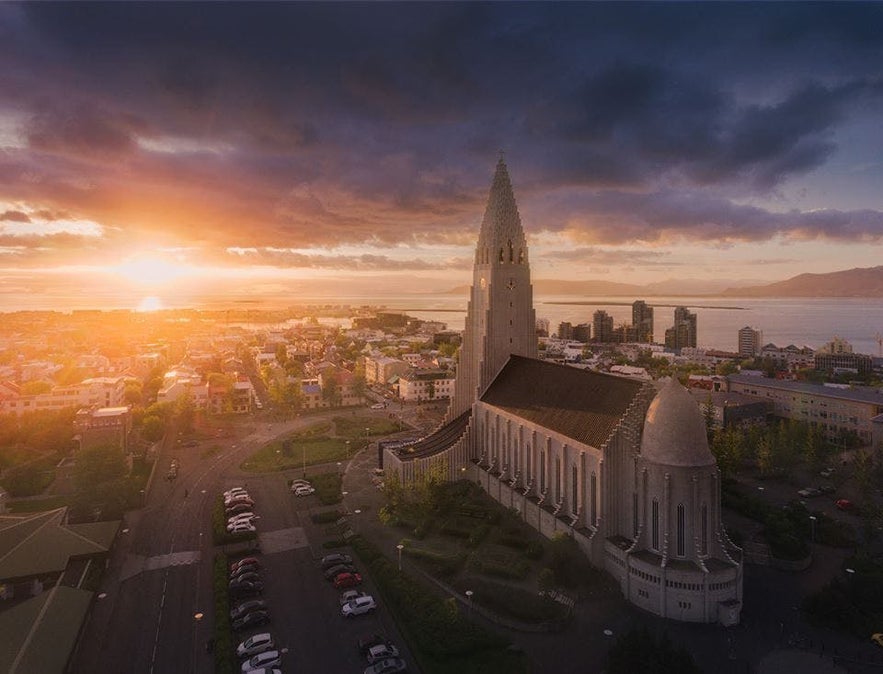
Traveling to Iceland by Cruise Ship

Iceland sees thousands of cruise ships along its shores per year, bringing travelers from all over the world excited for a glimpse of the country's landscapes. There are multiple cruise harbors around the coastline that offer fun experiences and beautiful sights.
While flying to Iceland will always be the fastest option, there really is something magical about traveling with a cruise. You don't have to worry about finding accommodation in Iceland, and often, you get to visit multiple countries on one trip.
Many of the cruise ports around Iceland offer fun shore excursions for those arriving by ship, making it easy to see surrounding attractions and try exciting experiences. For longer stops, you could also rent a car and explore on your own!
Read on for all you need to know about visiting Iceland with a cruise ship and make the very most of your time in the country.
- Check out this Reykjavik and Reykjanes Sightseeing Tour for Cruise Ships
- Don't miss out on this 10-Day Cruise Around Iceland by Sea
Introduction to Cruise Liners in Iceland
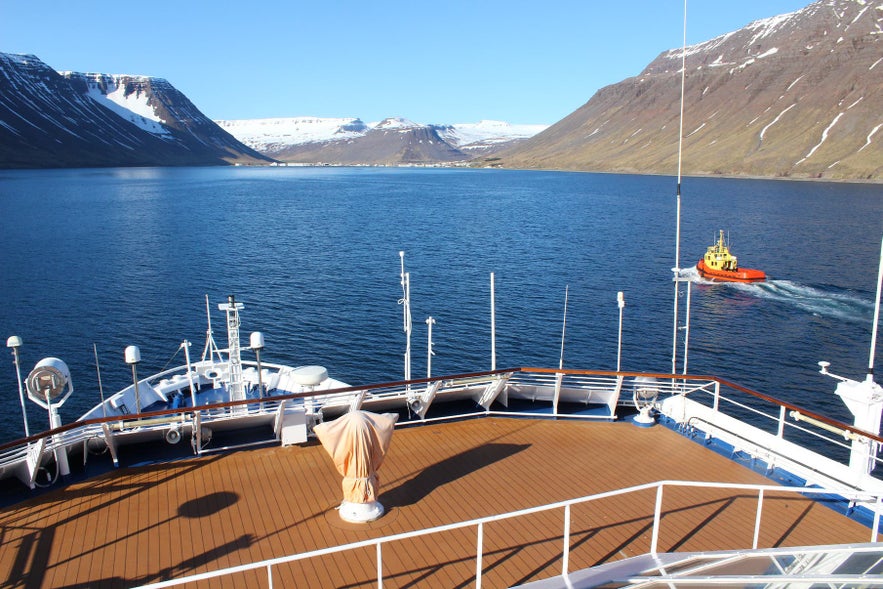 Photo from 10 Day Cruise Around Iceland by Sea
Photo from 10 Day Cruise Around Iceland by Sea
Without a doubt, the most time-and-cost effective means of traveling to Iceland from abroad is by catching a flight. With more connections being made to Iceland from the US, Europe and elsewhere, the possibilities for finding and securing a financially worthwhile transfer are more abundant than ever.
On the contrary, Iceland saw roughly 147,000 cruise liner passengers, from 167 cruise ships, frequent its shores in the same year, proving that the interest in ocean travel in Iceland is not just alive and well, but steadily proving to be an essential contributor to the country's tourism economy.
- See also: What To Pack For Travel in Iceland
The body responsible for cruise liners in Iceland, the Reykjavík Harbour Authority, have already detailed the schedule for 2019, which will see 178 cruise ships and 191,000 passengers. You can find all the arrivals to the capital here. By these numbers alone, Icelanders can expect to see a steady increase in this traffic as long as tourism continues to act as this country's economic engine.
Why Travel by Cruise Ship to Iceland?
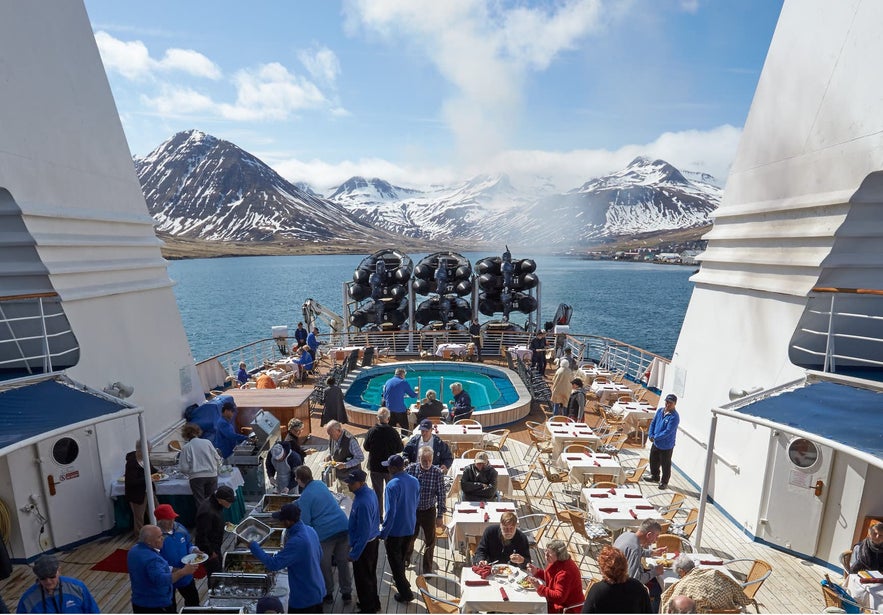 Photo from 10 Day Cruise Around Iceland by Sea
Photo from 10 Day Cruise Around Iceland by Sea
Some people are simply terrified of flying.
Regardless of the statistics, the assurances, the rarity of accidents, these prospective travellers are unable to make the mental leap necessary to sit comfortably at 40,000 FT. Ocean travel, whilst no doubt prolonged, makes more logical sense for those with aviophobia; arguably, it enriches the travel experience entirely, allowing one to spend more time luxuriating in the wealth of amenities found on modern day cruise ships.
- See also: Weather in Iceland & Best Time to Visit
Consider the differences between travelling by plane or boat; air travel sees guests hauling heavy luggage, dealing with parking fees, endless airport queues—though, not at KEF, I might add—cramped, cattle-class seats, sub-par meals and expensive snacks and drinks.
Cruise ship passengers have room to stretch their legs, walk the deck, breathe in that fresh ocean air, bounce with waves. They have the chance to take a dip in the pool, sample bars and restaurants, shop, mini-golf and even take in a live show.
In short, there can be no arguing air travel’s efficiency, but it does, in many ways, come up wanting when it comes to that old idiom of travel, “The journey is the destination”.
Cruise ship holidays are an institution unto themselves, however, often drawing back passengers again and again for the sheer thrill, relaxation and experience that comes with ocean travel. A quick look online will tell you just how advanced cruise ship travel has come; high-action water slides, multiple swimming facilities, spas, cinemas, bowling alleys. They are nothing short of giant, floating cities—no wonder there is so much passion for cruise ships holidays!
- See also: International Relations of Iceland
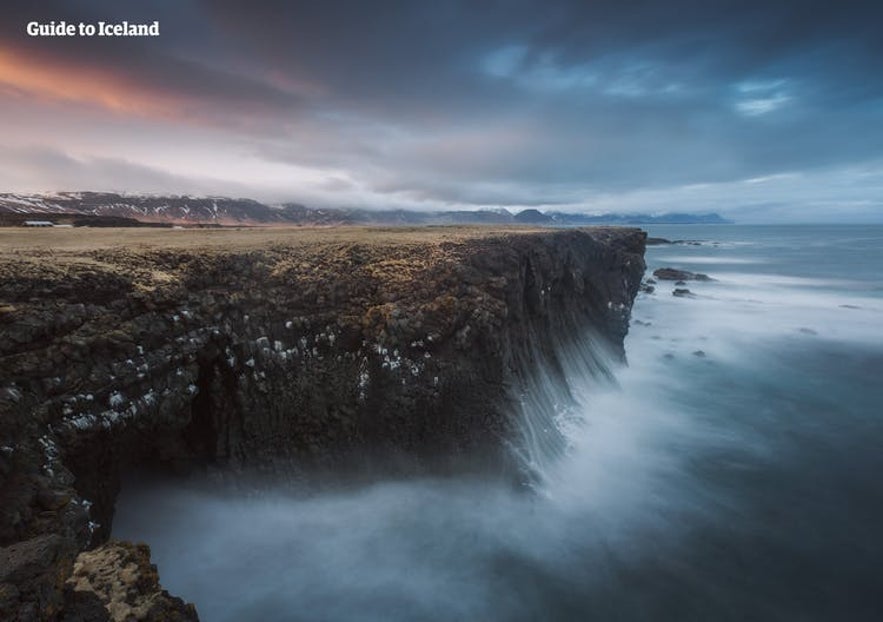
Some cruise ship passengers tend to disassociate the experience with the boat’s fanciest technological attractions, instead choosing to embrace that tangible connection to nature that ocean travel so illuminates.
Whether this is standing on deck, keeping one’s eyes peeled for cetacean life, or spending the evenings huddled on a deck chair, in awe of the incredible sites around you, there is no escaping this wealth of natural splendor.
Iceland is no doubt one of the best places in the world to do this. If taking a cruise to just one of its ports, you’ll see its breathtaking nature; if you are lucky enough to encircle part or all of the country, you’ll see just how incredibly diverse it can be.
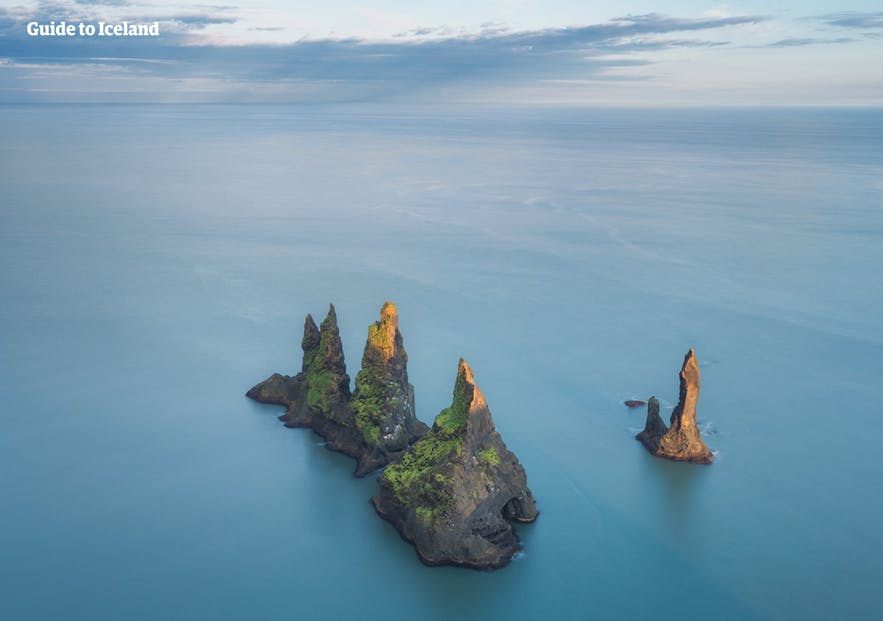
The south, for example, is a land of windswept beaches of jet black sand, lying in the shadow of enormous glaciers such as Eyjafjallajökull and Vatnajökull, the largest in Europe. The East Fjords boast some of the tallest mountains in the country, with deep bays leading to tiny, beautiful settlements. The peaks of the north are geologically younger and more jagged, and the waters here, and throughout the majestic Westfjords, are alive with bird and sea life.
Even around Reykjavík, you’ll be exposed to magnificent landscapes, such as the barren, volcanic Reykjanes Peninsula, contrasting dramatically with the nearby verdant fjord of Hvalfjörður.
Iceland is a spectacularly beautiful country, no matter how you witness it; the chance to enjoy it from the ocean, however, is particularly unique and rewarding. Of course, as cruise ships only take customers throughout summer, all of these breathtaking vistas can be marveled over throughout the night, beneath the midnight sun.
Ports & Harbours in Iceland
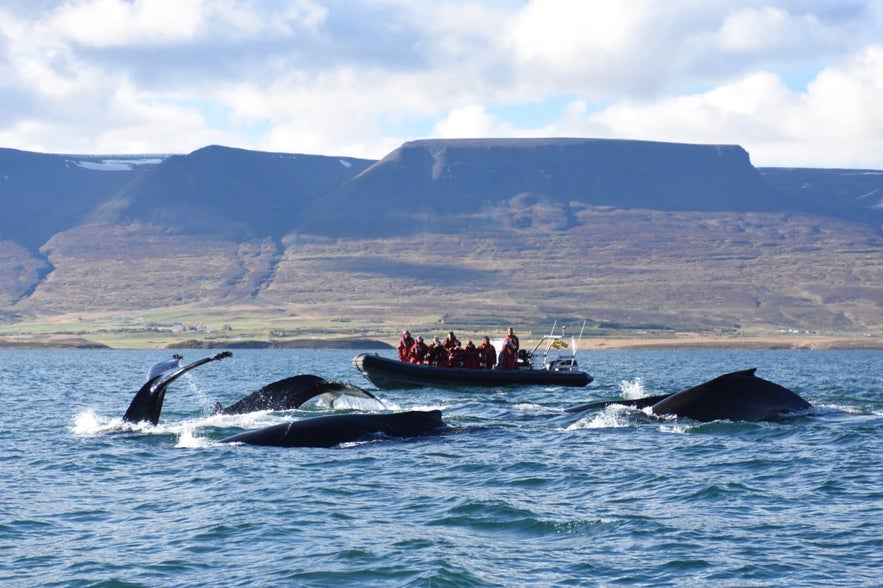 Credit: Closer to nature | Whales & Birds in Eyjafjordur Fjord.
Credit: Closer to nature | Whales & Birds in Eyjafjordur Fjord.
One of the most popular means of discovering Iceland through cruise ship travel is to take a circumnavigational trip around the island, making stops at a number of country’s ports. This way, guests will have the opportunity to see each of Iceland’s unparalleled regions, as well as soak in the Icelandic coastline in all of its glory.
There are eighteen ports in Iceland which will be listed in alphabetical order below. Reykjavík, however, is by far the busiest, and a city with two major harbours, so to avoid any confusion, it will be discussed first.
The Harbours of Reykjavik
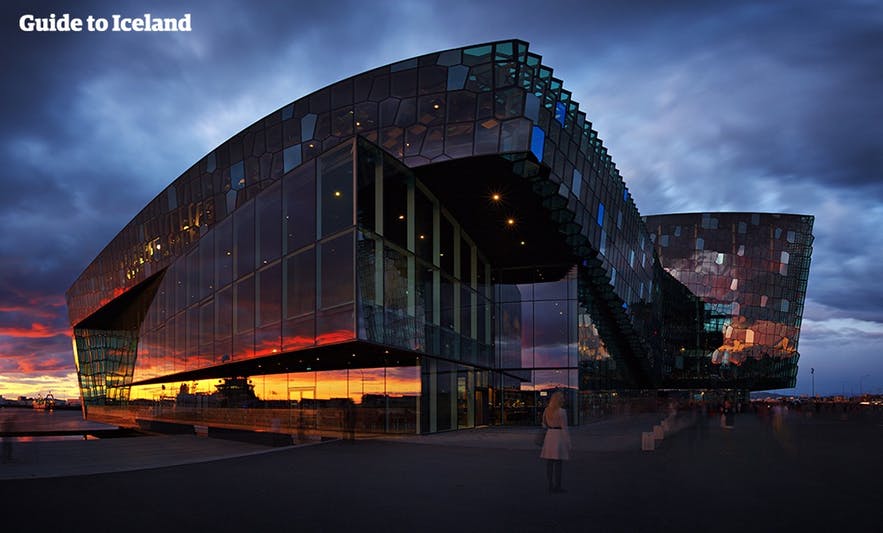
Iceland’s capital city is the heart of the country, central to the tour industry and a cultural, historical hub with a wealth of activities on offer. It has two main harbours, the Old Harbour, or Miðbakki, and the New Harbour, or Skarfabakki, which in turn have several quays that your cruise ship may dock at.
Most cruise ship passengers arrive at Skarfabakki, due to its much greater size, which allows it to accommodate enormous vessels. Though slightly out of town, the centre can still be easily reached by a forty-minute walk along the beautiful coastline, or via a short and convenient bus ride. The port is also close to popular attractions such as the Laugardalslaug swimming pool and the Family Park and Zoo.
Tour operators that tailor to cruise ships will pick you up from the meeting point here. Sundabakki and Korngarður are examples of quays at Skarfabakki.
- See also: Reykjavik Guide

Miðbakki is less frequently stopped at by cruise ships, but some do still arrive here. The area is primarily a private marina and the departure point for many tours such as whale and puffin watching. It is located right by the city centre.
Many tour operators do not offer direct pick-up from this harbour but will do from the nearby hotels, just a short walk away. Grófarbakki and Faxagarður are examples of quays at the Old Harbour.
Other Ports and Harbours Around Iceland
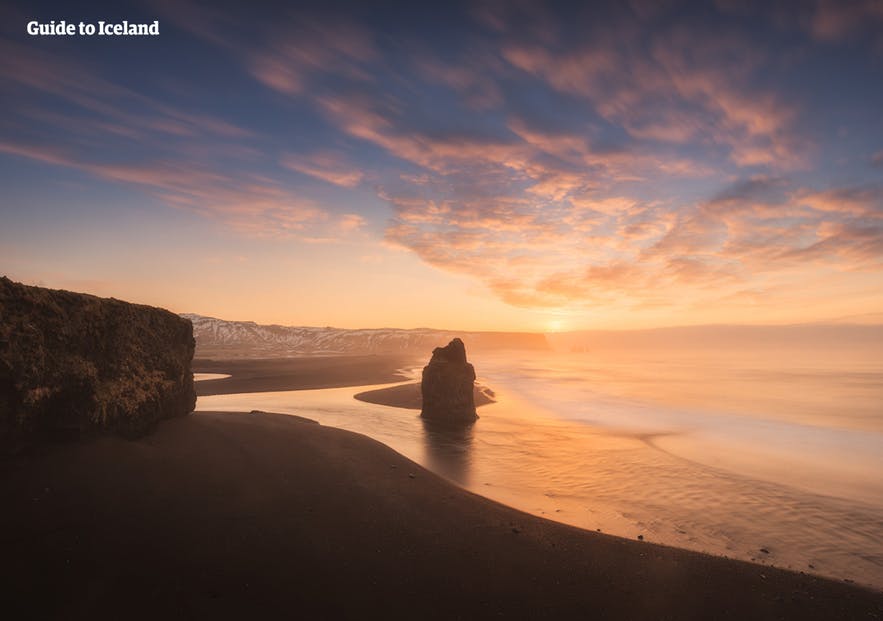
Akranes: Akranes, home to roughly 7000 people, can be located on the west coast of Iceland, approximately forty minutes drive from the Icelandic capital, Reykjavík. The town boasts some of the best outdoor recreation facilities and opportunities in Iceland, and its harbour is perhaps the best example of a traditional Icelandic fishing port. It is a popular passing stop for visitors making their way to the Snæfellsnes Peninsula.
Akureyri: Iceland’s ‘Capital of the North’ boasts one of the most beautiful harbours in the country, with the town and its surroundings fjords, mountains and trees making it, possibly, one of the most charming places to arrive in the whole of Iceland. Famed for its botanical gardens, whale watching tours and fascinating Nordic architecture, Akureyri is often recommended as a must-see destination for anyone in Iceland for an extended period of time.
Djúpivogur: One of the prettiest fishing villages in the Eastfjords, the municipality of Djúpivogur is home to approximately 470 people, with employment spread across a number of industries, including fisheries. Visitors to this area might take a boat trip to the beautiful island of Papey or, alternatively, visit the villages sports centre and swimming pools or even take some time appreciating the art-piece, Gleðivík Eggs!
Eskifjörður: Eskifjörður, located just to the north of Djúpivogur, in the Eastfjords, has a proud connection to the sea, as demonstrated by the Maritime Museum, old fisherman’s hut (left untouched since the 1940s) and numerous piers and boat rentals’ that dot its coastline. Nestled within these gorgeous fjords, guests can take a dip in the town’s geothermal swimming pool, spend some time in the Culture Centre or partake in a number of the region’s fantastic hikes and bike trails.
Grundarfjörður: The fishing town of Grundarfjörður, located on the Snæfellsnes peninsula, is most famous for its nearby landmark, Mount Kirkjufell; this mountain, whilst also holding the title as 'most photographed mountain in Iceland', also took a starring role in the HBO fantasy series, Games of Thrones, as the "mountain like an arrowhead".
Hafnarfjörður: Hafnarfjörður, Iceland’s third largest community (27,000), is known for its jagged coastal formations, quintessential townhouses and the mysterious elves, or ‘Hidden Folk’, who are said to live throughout the area. With a large harbour and two suitable quays, Hafnarfjörður makes for an easy stop for cruise ships circumnavigating the island.
Höfn: Sporting a rough population of 1800 people, the colourful fishing town of Höfn is widely considered to be the official gateway community to Vatnajökull National Park, making it a popular passing stop for those travelling the South Coast.
Húsavík: Known as Europe’s number one spot for whale and dolphin watching, Húsavík was also once the proud location of the Icelandic Phallological Museum, until its relocation to the capital in 2011. This town of approximately 4000 is in close to proximity to both Lake Mývatn and Vatnajökull National Park, which itself contains the likes of Dettifoss Waterfall and ‘the Crown Jewel of Iceland’, Jökulsárlón glacial lagoon.
Ísafjörður: Ísafjörður is the largest harbour in the Westfjords, and the third busiest in Iceland for cruise ships, providing an insight into the town’s maritime history. To learn more about this fascinating, historical connection to the sea, visitors are advised to spend some time in the Icelandic Maritime Museum, located in one of the oldest houses in Ísafjörður.
Raufarhöfn: As one of the northernmost destinations in Iceland, Raufarhöfn balances its economy between the fisheries and tourism, the latter of which is picking up surprisingly well given its population of little more than 200 inhabitants. Whilst beloved for its tranquillity and untouched surrounding nature, guests to Raufarhöfn may choose to spend the day exploring the lakes of Melrakkaslétta, the horseshoe shaped canyon, Ásbyrgi, or Europe’s most powerful waterfall, Dettifoss.
Seyðisfjörður: Seyðisfjörður has been East Iceland’s primary connection for cruise ships and ferries for a great many years. This is, among other factors, because its approach (10 nautical miles) is ideally safe, lacking shallow areas or skerries. Cruise ship passengers arriving in Seyðisfjörður will find a traditionally Nordic village of approximately 700 residents, their colourful wooden homes overlooked by a crown of snow-capped mountains.
Siglufjörður: Siglufjörður, the northernmost settlement in Iceland, was once a small sharking village before the Herring boom transformed it into one of the biggest towns in the country. Throughout its history, the town’s harbour has been favoured by trading Danish and English vessels for its sheltered and convenient conditions, even going right back to the Medieval Ages. Despite there being no significant Herring stock left at Siglufjörður, the town continues to draw crowds of visitors each year thanks to its charming local culture and fantastic scenery.
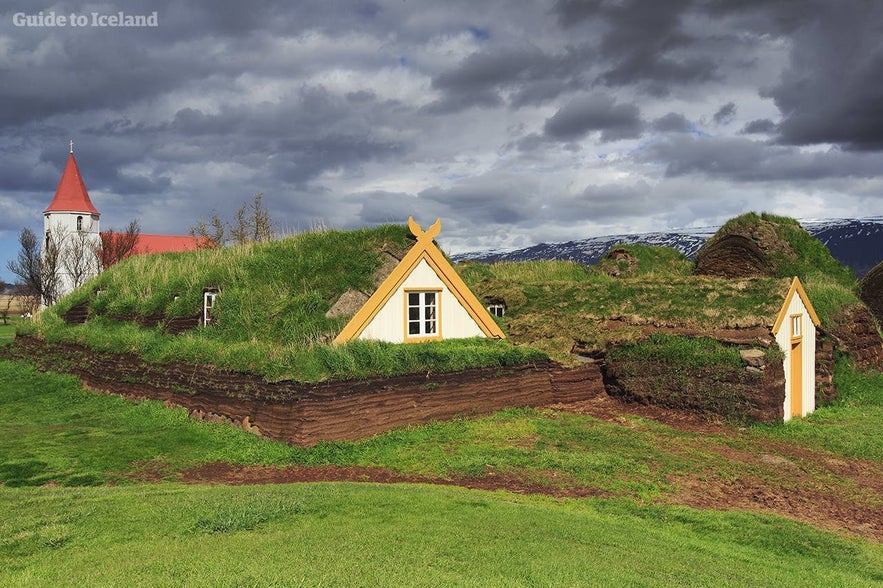
Stykkishólmur: Stykkishólmur, a town of charming, traditionally Nordic homes, golf courses and swimming pools, can be located on the Snæfellsnes peninsula, a region often described as “Iceland in miniature” due to the sheer wealth of attractions found there. Roughly three hours driving from the Icelandic capital, Reykjavík.
Vestmannaeyjar: The only inhabited island of the Westman Islands, Heimaey, was evacuated in 1973 after a volcanic eruption threatened to destroy the town and harbour. Thankfully, the eruption was fortuitous for the town’s harbour, somewhat closing it in and sheltering it further from the harsh Icelandic elements.
Vesturbyggð: Two ports, Patreksfjörður and Bíldudalur, can be found in the municipality of Vesturbyggð and make for excellent starting points for a day tour in the isolated Westfjords.
Þorlákshöfn: This quaint fishing village boasts one of the two harbours located on Iceland’s picturesque South Coast, the other of which can be found in Höfn.
Taking Tours From Cruise Ships
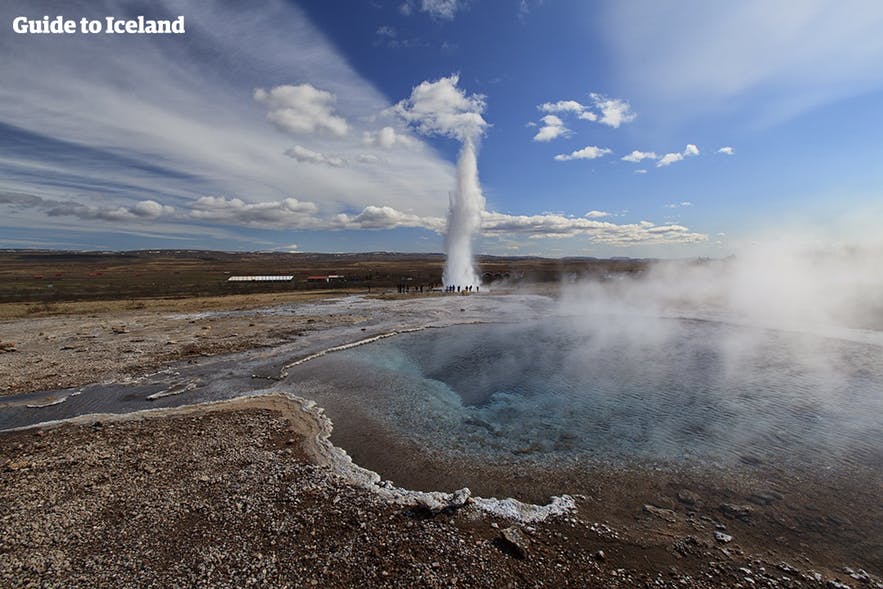
What seems like a major disadvantage of taking a cruise ship to travel around Iceland is the limited amount of time you get at each stop; if you make port in Akureyri on morning, for example, you may only have until evening before your departure. This restraint makes many guests fear booking tours, worrying they may not get back to the ship in time.
Thankfully, all around the country, there are tour operators who organise excursions specifically tailored to those travelling by cruise ship. Most of these pick you up from the port soon after your arrival, to minimise your time waiting around and prevent any confusion finding a departure spot in an unfamiliar town, and drop you back off at the same location in good time.
An advantage of such tours is that all the guests are picked up and dropped off in the same location, meaning your time isn’t cut into by your guide travelling to multiple hotels and hostels.
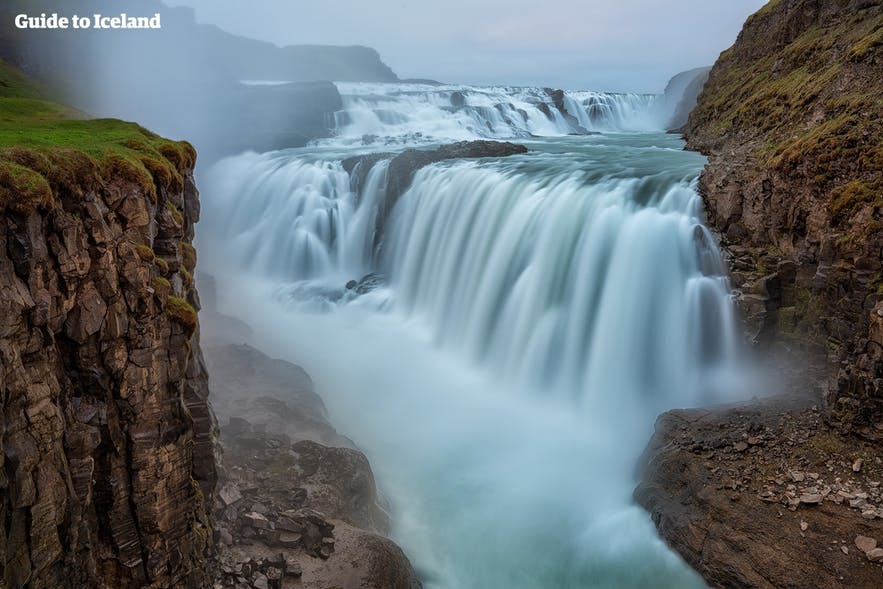
These excursions are incredibly diverse. If you are fascinated by history and culture, and want to learn in-depth about the regions you travel to, this tour from Akureyri’s port will immerse you deep into the stories of North Iceland. Those who would rather spend their time docked in Akureyri making the most of the country’s adventure opportunities could instead book this rafting tour.
If your cruise ship stops in one of Iceland’s more remote regions, such as Seyðisfjörður, you can find excursions such as this one that will take you to some beautiful hidden gems in east Iceland, far from the major tourist crowds.
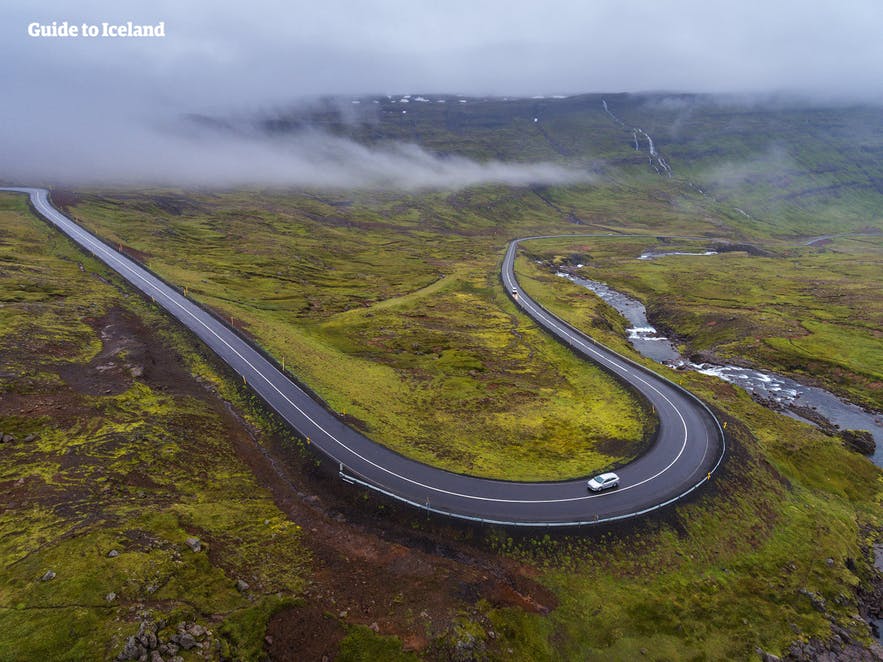
Of course, as it is the country’s centre for tourism, Reykjavík has the widest range of options for travellers by cruise ship, often selling similar excursions tailored to different tastes. Those on a budget who don’t mind meeting new people could opt for this standard South Coast tour that will reveal a wealth of beautiful natural sites. Those who would rather spend more to have more privacy can book a similar trip with a private driver.
Many operators from Reykjavík and other towns will pick you up from the harbour even if they are not tailored to cruise ships, particularly for short tours such as lava caving in Leiðarendi, snorkelling in Silfra and travelling around the Golden Circle, although the onus is on you in such cases to make sure you’ll be back in time for departure.
Cruise Liners and the Environment
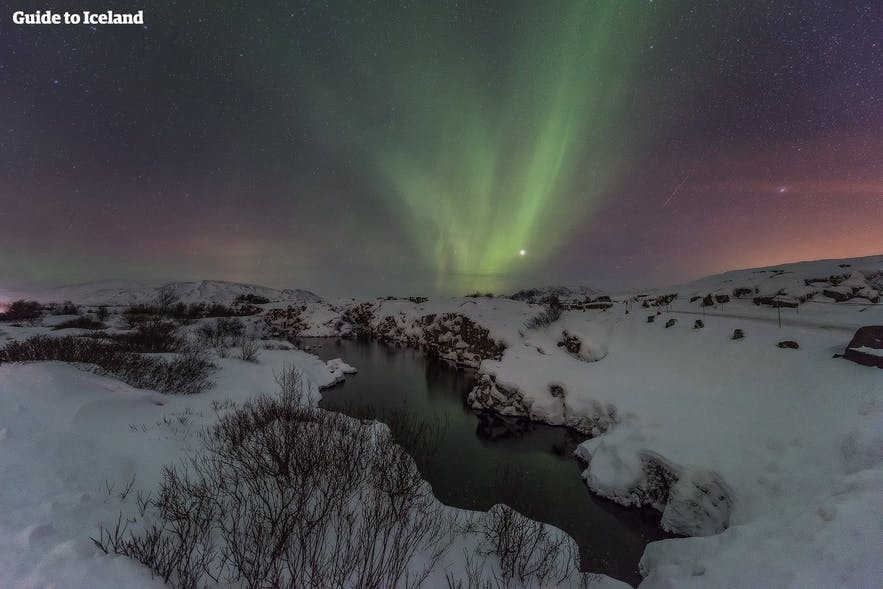
As the number of cruise liners visiting Iceland has continued to increase year by year, there has been a growing focus on the environmental impact that such large vessels have. Whilst this has also been true of airlines and increasing flight numbers, it would appear that cruise liners visiting the country are subject to far fewer requirements, often leading to environmental disregard on their part.
- See also: Sustainable Tourism in Iceland
One of the major issues is when a cruise liner docks at the harbour. During this period, the ship will leave its generators running near continuously, burning through as much raw fossil fuel as 10,000 cars over a single day.
To combat this issue, many of the larger harbours found elsewhere on the planet have implemented a system that connects the docking ship to the city’s electrical mainframe, thus saving the need to burn fuel. Currently, however, there are no harbours in Iceland that boast this facility for ships of a cruise liners’ size, with the main concern being its financial expense.
Another point that has been reiterated again and again is the ‘back-door entry’ that cruise line passengers seemingly have to some of this island’s most isolated, fragile and stunning nature reserves.
Þorsteinn Sæmundsson, an MP for the Icelandic Progressive Party, has long fought to tie up this loophole, writing in 2015, “I emphasise that it is not really justifiable for a large group of tourist to sneak into Hornvík, almost every week, and trample the sensitive ecosystem there We have barely been able to direct traffic around that protected area, and we have to use every means at our disposal to prevent people from getting into areas that cannot be repaired.”
In truth, there is a good chance that most cruise ship passengers are not fully aware of the environmental issues associated with ocean travel, especially if tours are led out into the environment under an operator that speaks of authority, but in fact has little. However, a crucial aspect of sustainable tourism is the readiness to research beforehand on what and what not to do regarding the nature of your destination.
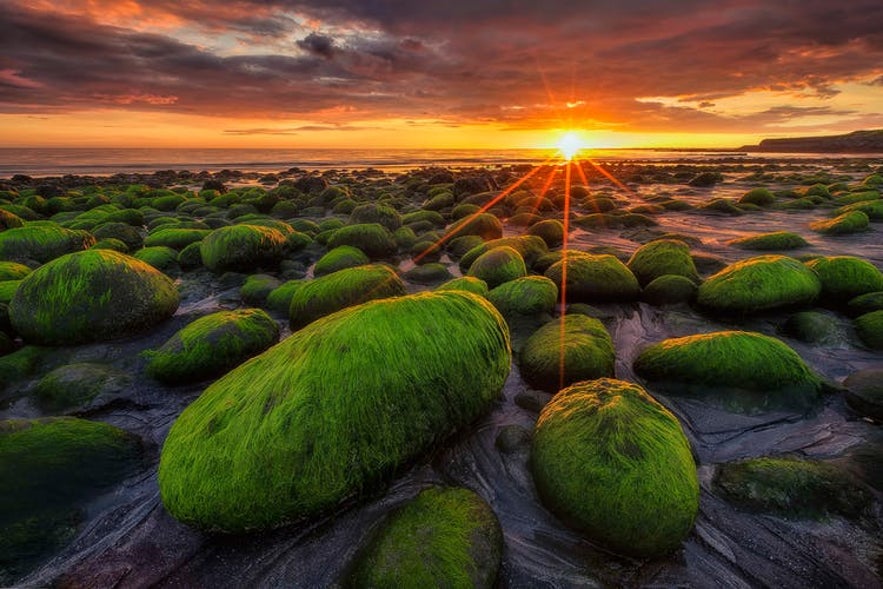
While, as a cruise ship passenger, you can do little about the amount of energy used on your vessel or the policies of their operator (which are largely no better amongst many airlines) you can of course do your bit to ensure you are working to protect Iceland and the larger environment for generations to come.
Many of these are obvious such as not throwing any waste overboard while travelling. Others are more specific this country, such as not walking over delicate moss, not touching brittle lava formations, sticking to marked paths and never engaging in any form of off-road driving.
By reading up on travel etiquette in Iceland and the vulnerabilities of the island’s environment, it is easy to enjoy this country at its best with minimal impact, no matter how you arrive in the country.
Did you enjoy our article? Have you ever been on a cruise to Iceland and, if so, what did you like and dislike about the experience? Would you recommend the cruise ship experience in Iceland to anyone else? Make sure to leave your thoughts and queries in the Facebook comments box below.
Other interesting articles
Dog Sledding in Iceland
Photo from Meet on Location 45-Minute Dog Sledding Tour Near Reykjavik Did you know that you can partake in a dog sledding tour in Iceland? Does dog sledding operate the whole year through, and wha...Read moreRevisiting Iceland | A Home Away From Home
What are the best recommendations for making a repeat visit to Iceland, the Land of Ice and Fire? How can you make your second holiday as exciting as your first, and what hidden attractions and acti...Read more
Guide to the Icelandic Krona (with a currency converter!)
Learn everything you need to know about the currency of Iceland, the Icelandic krona. Discover the Icelandic krona's history and learn practical information you can use to create the perfect trip to I...Read more

Download Iceland’s biggest travel marketplace to your phone to manage your entire trip in one place
Scan this QR code with your phone camera and press the link that appears to add Iceland’s biggest travel marketplace into your pocket. Enter your phone number or email address to receive an SMS or email with the download link.



